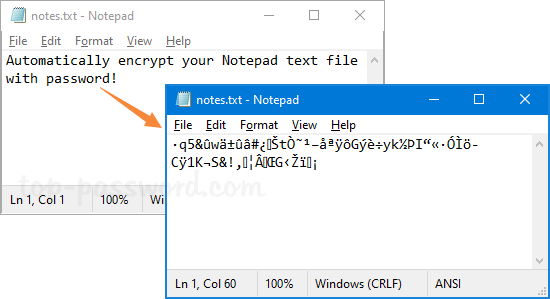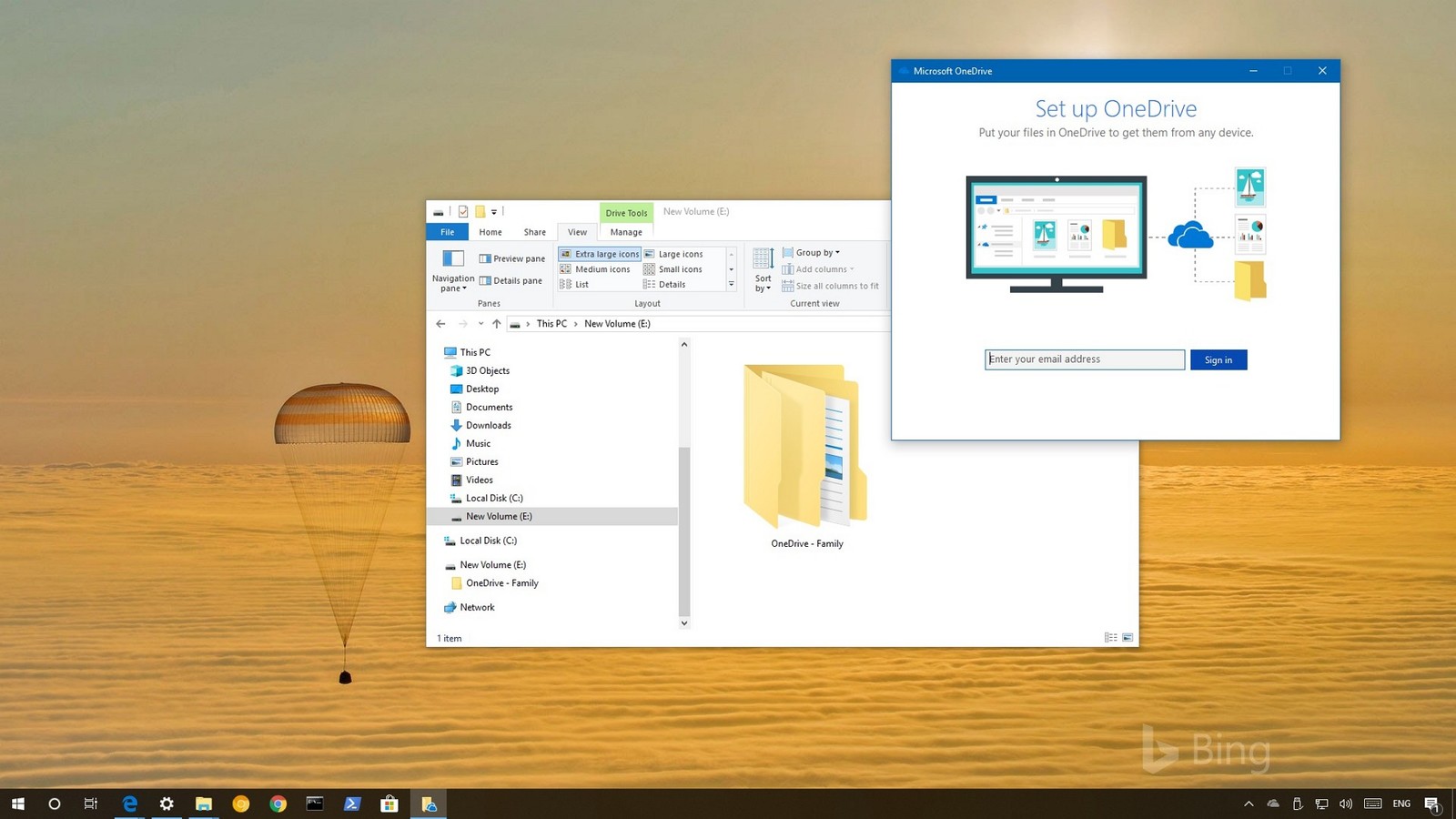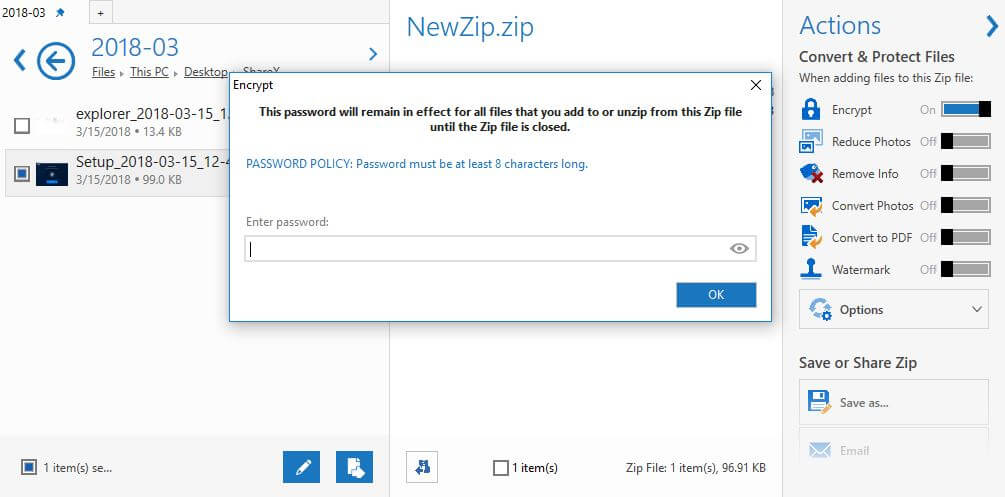
- #Password protect files on computer how to
- #Password protect files on computer for mac
- #Password protect files on computer pdf
- #Password protect files on computer pro
- #Password protect files on computer software
#Password protect files on computer for mac
To do so, open a file in one of those apps, select "File" from the menu bar, then "Set Password." Are there any other alternatives?īetterZip for Mac is an excellent alternative to installed apps on your Mac. You can also password protect files in Pages, Keynote, or Numbers.
#Password protect files on computer pdf
Note: You can also right-click a PDF in Finder and choose "Open With", then "Preview" Select the PDF file you want to password protect.
#Password protect files on computer how to
Here's how to use a password for PDF files using Preview: If you want to protect a different filetype, you'll first have to export it as a PDF – then export it and password protect the file. One thing to keep in mind about Preview is it can only password protect PDF files. That's all it takes! If you want to protect a file that isn't in Notes, you can via Preview. Enter a password for the Note you'd like to protect.In the menu bar of the Notes window, click the 'lock' icon.Select the file you want to protect with a password.Whichever method you choose, follow these steps to password protect Notes files: You can create a notes file from scratch, or scan in a document on your iPhone, which is saved as its own unique document. NotesĪpple's Notes app for macOS can password protect individual files with a few clicks. Here are two core methods for password protecting files on your Mac. Password-protecting folders in Disk Utility is the most secure method Apple has, but you can still use passwords to prevent prying eyes from seeing just about any document on a Mac. Under "Image Format" select "read/write" from the menu Select the folder you want to protect with a passwordĬhoose your encryption level: 128-bit, or 256-bitĮnter and verify the password for your folder In the ensuing menu, select "Image from Folder".With Disk Utility open, select "File" from the menu bar.Once you've settled on how you want your files stored, follow these steps to protect folders with a password on your Mac: This is a good time to consider how you want to save files don't just dump everything into one large folder, use individual folders or sub-folders for better organization. First, make sure everything you want to password protect is in a folder on your Mac. I know I am going into detail here, but I want to make sure there’s no way in and no doubts.You can password protect folder contents using macOS and Disk Utility, a built-in utility on your Mac. (I don’t want to store it on MS online since that’s where I save my vhd file also (in the secure vault) I tested on another PC and it works so I guess so.īecause I don’t plan to store the recovery key. I should always be able to use the password only right?

Maybe if personal (and not only business) onedrive supports EFS encryption from my windows, I will simply do that instead, but not sure.ītw. I now put this vhd in my secure vault of onedrive.
#Password protect files on computer software
I don’t want to use 7zip as an extra software as mentioned.


Powershell has something but that’s not really great and mostly based on custom scripts. So it’s very nice for me to see I can ‘just’ create a vhd file to fix this because that’s the only ‘easy’ way to put a password on something in windows using built in tools. I am using windows tools only pretty much except a few software which this macine is for (curecoin wallet with staking and folding at home and a few games maybe later) Thanks Elsie, I was looking for something like this and it showed up in my google news feed after googling. There are two steps to using BitLocker: set up a virtual disk and then enable BitLocker.
#Password protect files on computer pro
Although BitLocker comes with the Pro and Enterprise editions only, it provides full-disk encryption for peace of mind.

To resolve this issue, you need stronger protection, which you can get by enabling Windows’ BitLocker feature. The first method of password-protecting your files or folders isn’t strong enough because you need to remember to lock your account every time you’re away from your computer. It’s also important to note that this method isn’t for high-level security for your files or folders, but if you’re using a shared PC and don’t want other user accounts to access some files or folders, it’ll come in handy. Note: if you want, you can reverse the encryption by going back to Properties, opening Advanced Attributes and unchecking the “Encrypt contents to secure data box.” This way, anyone else trying to access the file or folder will only see jumbled text instead of the actual contents of the file or folder, whether they’re accessing it from a different user account or removing your hard drive.Īfter the file or folder is encrypted, you can click Details next to the checkbox to view details about the available recovery procedures and encryption certificate. Once you’ve backed up the key, your file or folder is now secured with an encryption key tied to your Windows user account.


 0 kommentar(er)
0 kommentar(er)
